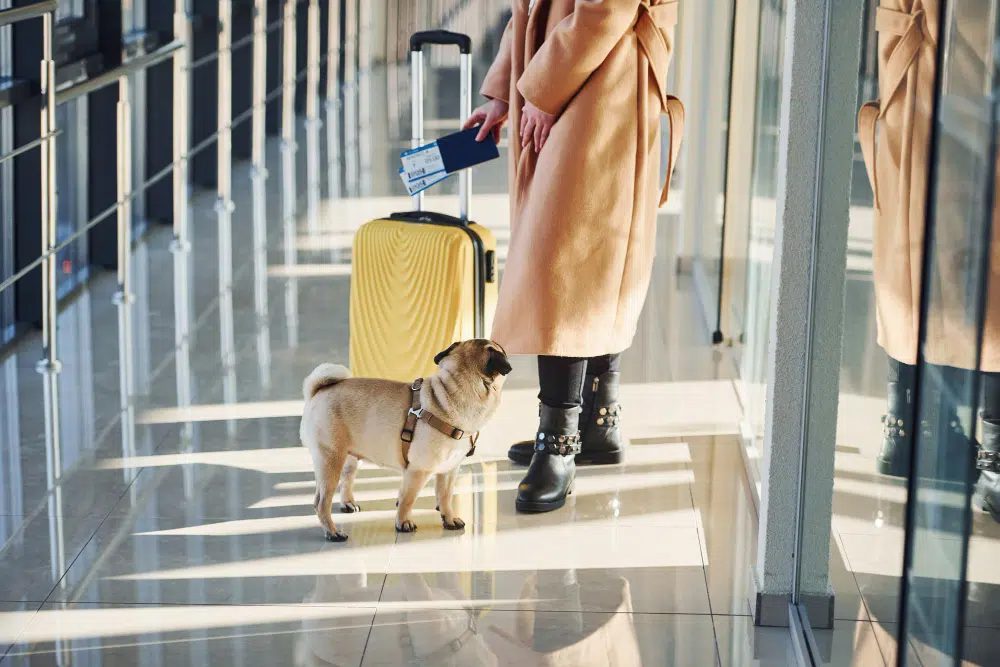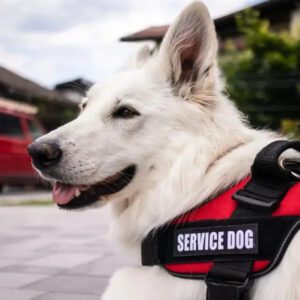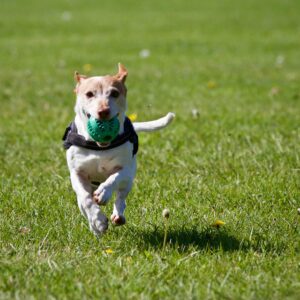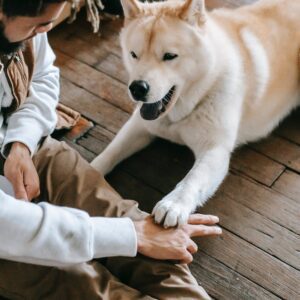Description
Airport training for dogs is an essential component for ensuring that they behave well during flights and in crowded environments like airports.
This specialized training focuses on several key areas:
- Familiarization with Airport Environment: Training begins with familiarizing the dog with the airport setting. This includes the hustle and bustle of the airport, the sounds of luggage carts, announcements, and the general commotion. This exposure helps to desensitize the dog to the unique stimuli of an airport, reducing anxiety and fear.
- Crowd Navigation: Dogs are trained to navigate through crowded areas calmly and obediently. This is crucial in airports, where they need to move through dense crowds without becoming anxious or disruptive.
- Noise Desensitization: Airports are noisy environments with the sounds of planes, announcements, and crowds. Dogs are trained to remain calm amidst these noises, which is essential for maintaining their composure during a flight.
- Crate Training: If the dog is to travel in a crate, crate training becomes vital. The dog should view the crate as a safe, comfortable space, reducing stress during the flight.
- Obedience Training: Basic obedience commands such as sit, stay, come, and heel are reinforced. This level of control is important in an unpredictable and busy environment.
- Stress Management: Dogs are trained to cope with stress in healthy ways. Techniques might include familiarizing them with being handled by strangers (such as TSA agents) or being touched in ways similar to a security check.
- Travel Routine Preparation: Dogs may be trained to adapt to travel routines, including changes in feeding and bathroom breaks to align with flight schedules.
- Socialization: Socialization training ensures the dog remains calm and non-aggressive around strangers and other animals.
- Legal and Compliance Awareness: For service or assistance dogs, handlers are often trained on their legal rights and the procedures for traveling with a dog, including necessary documentation.
It's important to note that this training can be intensive and should be started well in advance of any planned travel. The goal is to ensure the dog is as comfortable and stress-free as possible during travel, which in turn ensures a smoother and safer experience for both the dog and their handler. For specific training programs, it's advisable to consult with professional dog trainers who have experience in preparing dogs for air travel and airport environments.





